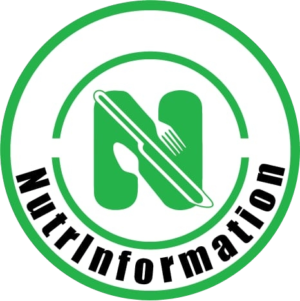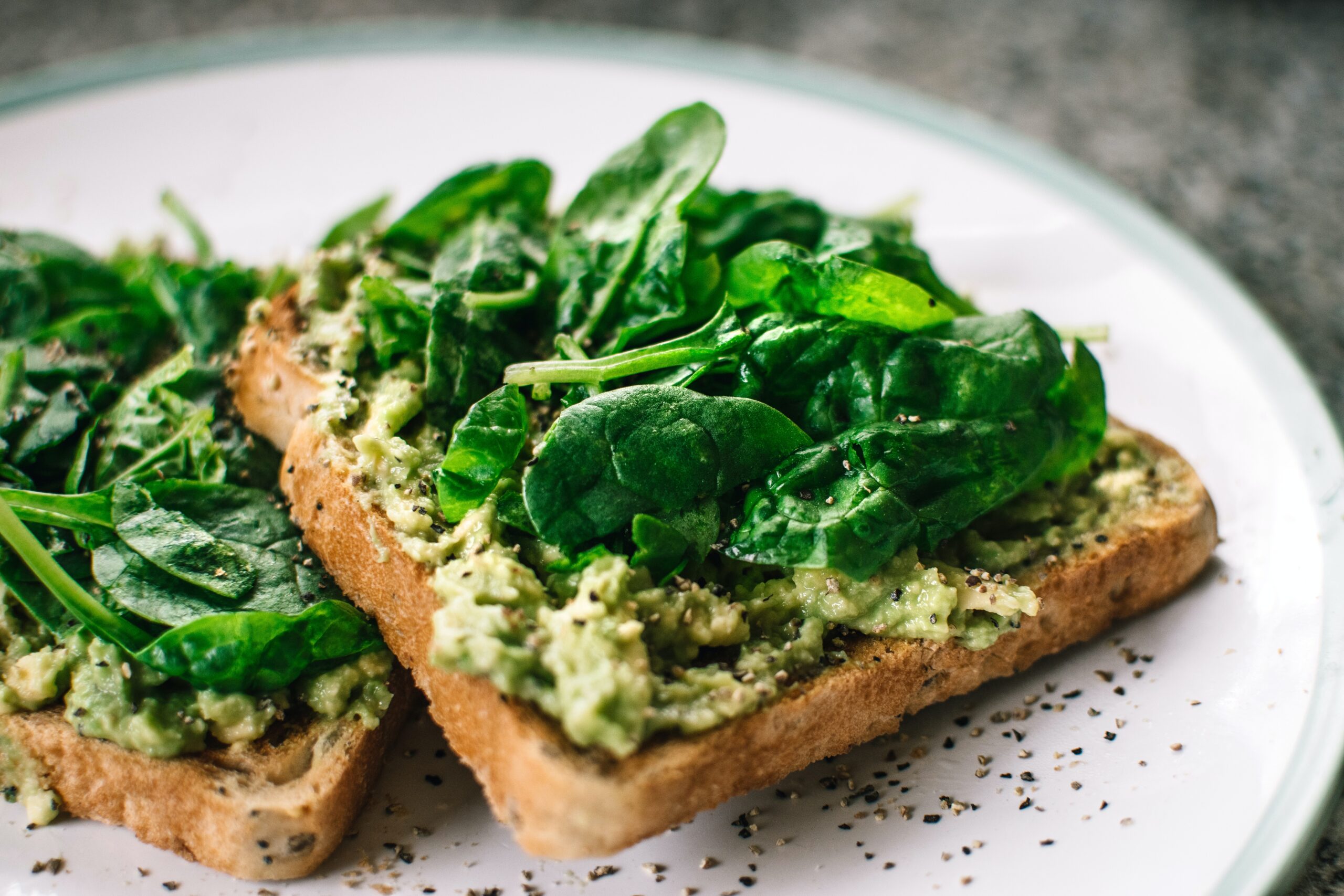IRON DEFICIENCY ANAEMIA: Dietary management
Anaemia occurs when you have low levels of haemoglobin in your red blood cells. Haemoglobin is responsible for transporting oxygen in the body. When their levels are low, some parts of your body will not receive oxygen. Iron enables our body to make haemoglobin and transport oxygen. Therefore when your body does not have enough iron, you are at risk of developing iron-deficiency anaemia.
Causes of Iron Deficiency Anaemia
Eating too little iron over a long period of time results in iron deficiency. It could also occur during pregnancy because of increased maternal and foetal iron requirements.
For some people, it is the inability to absorb iron. This could be a result of some health conditions or procedures. Such as celiac disease, irritable bowel disease, H. pylori infection, or end-stage kidney failure. Although your diet could be rich in iron such conditions interfere with its absorption.
Internal bleeding could be caused by conditions such as ulcers in the stomach or colon. Cancer in the gastrointestinal tract. Or regular use of painkillers such as aspirin and ibuprofen.
Blood loss during menstruation and childbirth. This is the common cause of iron deficiency anemia in women of childbearing age. Women with endometriosis are also at increased risk. Since they experience internal bleeding in addition to menstruation.
Frequent blood donation can also put you at risk of developing anemia. It is therefore important to wait for your body to replenish the red blood cells before donating blood again.
Symptoms of lack of iron in the body
Iron deficiency anaemia is the most common type of anaemia. However, many people do not know they are anaemic. This is because severe symptoms of anaemia manifest after a long duration of iron deficiency. Some of the common symptoms include
- General fatigue and weakness
- Shortness of breath and chest pains
- Cravings for non-food items like clay, soil, dirt, ice, etc.
- Tingling/crawling feeling in the legs
- Cold feet and hands
- Fast and irregular heartbeat
- Brittle nails
How to prevent and deal with iron deficiency anaemia
- Eat iron rich foods
Eating iron rich foods frequently is the first defense against iron deficiency anemia. Iron rich foods includes:
Red meats, poultry and pork
Beans, peas and legume products like tofu
Seafood like salmon, oysters, sardines and clams
Dark green leafy vegetables like spinach, broccoli, kales and turnips
Dried fruits like raisins and apricots
Iron fortified cereal products – most packaged flours are fortified with iron
2. Eat vitamin C rich foods
Vitamin C aids the body to absorb iron. It is therefore important to eat vitamin C with iron-rich foods. This will enable your body to maximally absorb iron from the food. Vitamin C sources include citrus fruits and their juices, broccoli, peppers, and tomatoes.
3. Avoid taking tea, coffee or dairy with meals
Tea and coffee contain tannins and caffeine which interferes with absorption of iron. Taking tea and coffee one hour to meal time is okay but not with the meals or immediately after eating.
Milk and dairy products are rich in calcium which interferes with iron absorption. Your body needs calcium for healthy bones and other functions. Therefore, do not eliminate milk and dairy from your diets. However, take milk and dairy between meals instead.
4. Do not give cows’ milk to children below 1 year
To protect infants from iron deficiency, give your child iron-fortified cereals, or pureed meats at least twice a week to boost iron intake. In addition to difficulty in digestion, cow’s milk is rich in calcium but a poor source of iron. Continue to breastfeed your baby to their second birthday. After they turn 1, you can introduce cow’s milk. However, they should not drink more than 500 ml of milk per day.

